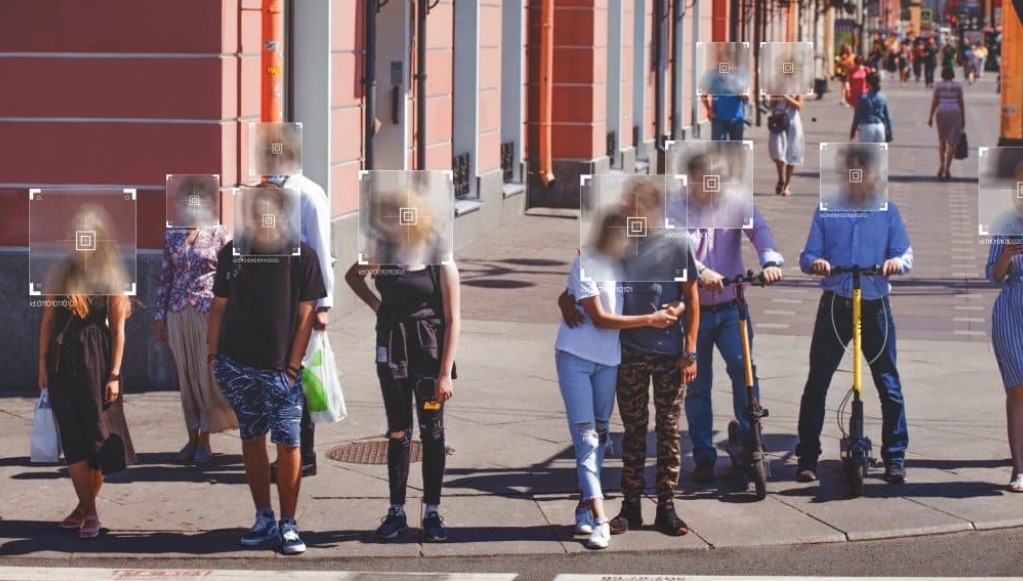 By Masha Borak
By Masha Borak
As facial recognition surveillance spreads, researchers and privacy-minded individuals have been trying to come up with ways to thwart the technology, using masks, garish makeup, flamboyant clothing and even wearable face projectors. Chinese researchers have now come up with a way to avoid facial recognition that targets the surveillance camera directly.
The new solution could be used in products that need to accomplish a visual task that doesn’t include detecting faces, such as detecting if there is a human around and their posture, Zhu Wenjun, co-author of the paper, told science-focused new site Tech Xplore.
“CamPro is more suited to certain specialized cameras, such as those used in smart homes for elderly fall detection, etc.,” Zhu says.
The anti-facial recognition technique targets the camera sensor turning it into hardware that is unable to capture the facial features for identification only detecting human activity instead. The solution is called CamPro and scientists from Zhejiang University in China are terming the technique “privacy preservation by birth.”
Unlike some of the other hardware-based approaches to thwarting facial recognition which focus on processing images after they were captured by the camera, CamPro targets the images while they are generated by the camera sensors. This makes sensitive personally identifiable information (PII) more resilient to hackers and leaks, a problem that has been plaguing countries such as China at a concerning scale. As more citizens voice privacy concerns, Chinese regulators have been trying to stymie the use of biometrics by businesses.
The scientists claim they have tested the solution on ten facial recognition models. According to their findings, CamPro was able to reduce face identification accuracy to 0.3 percent while having little impact on non-sensitive vision applications.
The technique relies on adjusting the image signal processor (ISP) which processes images received from an image sensor. Image signal processors are used to convert raw data from an image sensor into an RGB format, making it viewable to humans. They are also used to control camera sensors, for example, adjusting shutters and ISO sensitivity.
Zhu’s team, however, has found that image signal processors could be used for preventing facial recognition.
“Due to the decoupled design of the image sensor and ISP, ISPs often provide a set of tunable parameters to cater to different sensors,” Zhu says. “CamPro leverages these tunable parameters of the ISP to achieve the functionality of privacy protection.
The paper, written by researchers from the Ubiquitous System Security Laboratory, was accepted by the Network and Distributed System Security Symposium (NDSS) 2024 and pre- published their paper on ArXiv.
Source: Biometric Update
Masha Borak is a technology journalist. Her work has appeared in Wired, Business Insider, Rest of World, and other media outlets. Previously she reported for the South China Morning Post in Hong Kong. Reach out to her at masha@biometricupdate.com.
Become a Patron!
Or support us at SubscribeStar
Donate cryptocurrency HERE
Subscribe to Activist Post for truth, peace, and freedom news. Follow us on SoMee, Telegram, HIVE, Minds, MeWe, Twitter – X, Gab, and What Really Happened.
Provide, Protect and Profit from what’s coming! Get a free issue of Counter Markets today.

Be the first to comment on "A New Way to Thwart Facial Recognition Targets Surveillance Camera Sensors"